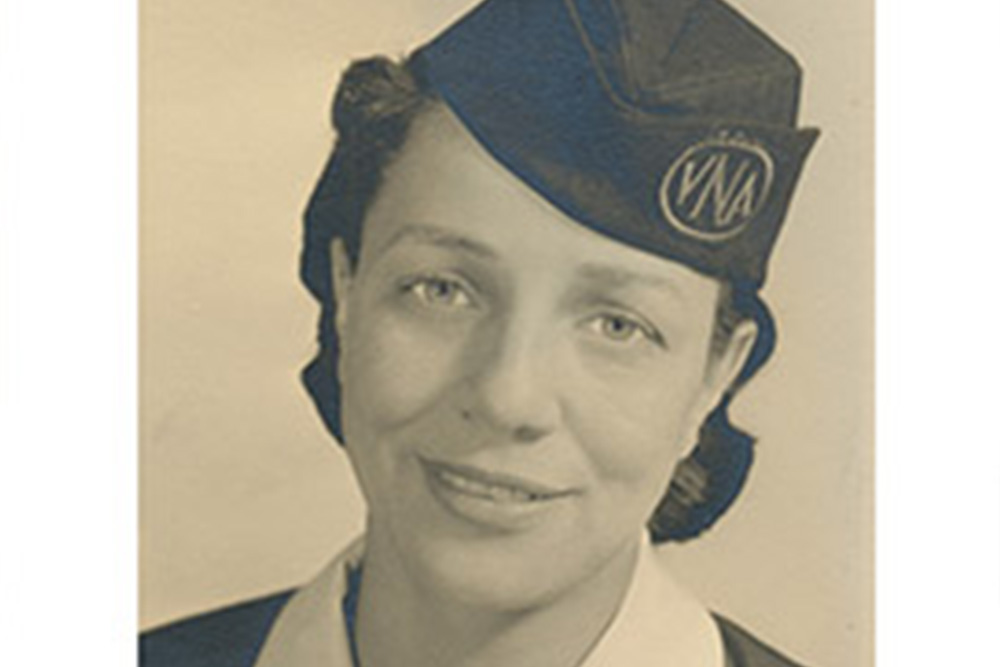
Celebrating Black Nurse Leaders in the Fight for Civil Rights and Health Justice
In recognition of Black History Month, we highlight the groundbreaking activism of Black nurses in Charlottesville during the era of segregation
who fought for civil rights and health justice for Black Virginians.
Following the end of the Civil War and Reconstruction, so-called Jim Crow laws were enacted throughout the South that limited the political, social, and economic rights of Black Americans. These laws mandated the separation of white people from “persons of color” in public schools, on transportation, in parks, cemeteries, theaters, restaurants, and other public facilities, including hospitals.
Racial segregation persisted–and separate and unequal systems of education and health care maintained–until its formal dismantling by the civil rights legislation of the 1960s. Throughout these many decades in Charlottesville and Albemarle County, Va., Black children attended separate and unequal schools, including Albemarle Training School, Jefferson School, Esmont High School, and Jackson P. Burley High School. UVA Hospital, which opened in 1901 as a segregated institution, had separate and unequal wards for Black patients in the basement, and racially discriminated against Black patients as well as physicians, nurses, and staff who were Black. UVA School of Nursing opened the same year and remained a segregated institution with an all-white student body and faculty until the Civil Rights era.
UVA Hospital's first Black nurses received their education elsewhere, at Historically Black Colleges and Universities. Their efforts were vital in desegregating the hospital and obtaining greater acceptance for African Americans within the Charlottesville community.
In the fight for civil rights, Black nurses were at the forefront. In 1951-1952, Honor Mobley, Weda Gilmore, Annie M. White, Grace O. White, Fannie S. Randolph, and Mary Belle Henry became the first African American registered nurses at UVA Hospital. These six nurses graduated from Historically Black Colleges/Universities—institutions that provided the education crucial in their ongoing struggle to gain rightful positions in the health care system.
Honor Mobley graduated from Good Samaritan Hospital in Columbia, S.C.; Weda Gilmore from Freedmen’s Hospital in Washington, DC; Annie M. White from Lincoln Hospital in New York; Grace O. White from St. Philips Hospital School of Nursing, Medical College of Virginia, Richmond, Va.; Fannie S. Randolph from Lincoln Hospital School of Nursing in Durham, N.C.; and Mary B. Henry from Dixie Hospital in Hampton, Va. Their efforts were vital in desegregating the hospital and obtaining greater acceptance for African Americans within the Charlottesville community.
In 1952, Jackson P. Burley School, a Black high school in Charlottesville, established a Licensed Practical Nurses Program in collaboration with UVA Hospital. This training program provided Black men and women with a pathway into nursing during the years of Jim Crow segregation. The more than 150 graduates of the LPN program went on to desegregate UVA Hospital and had a major impact on their patients and communities.
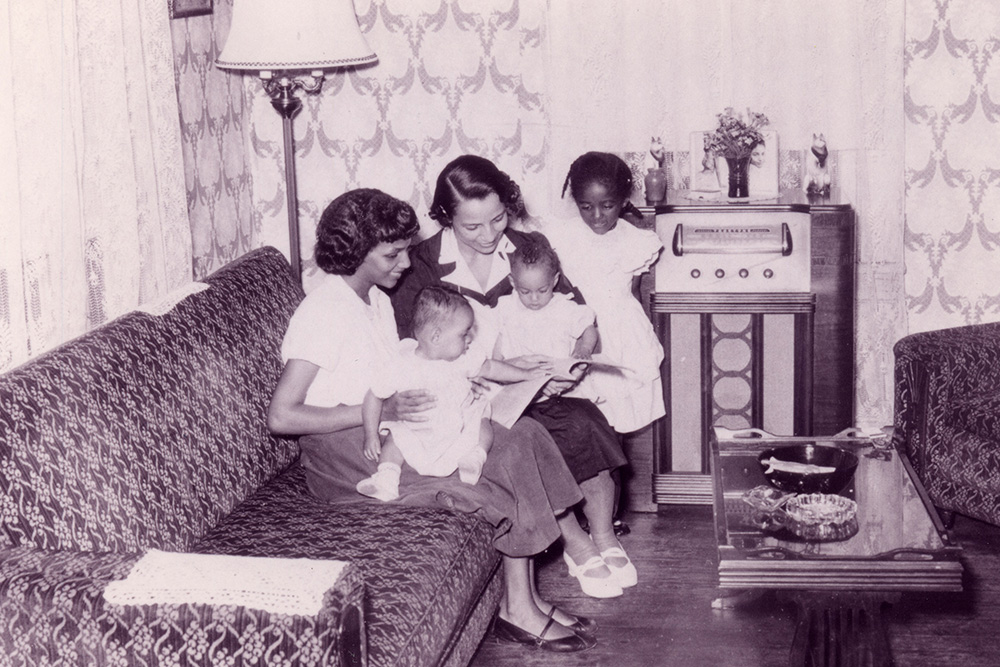
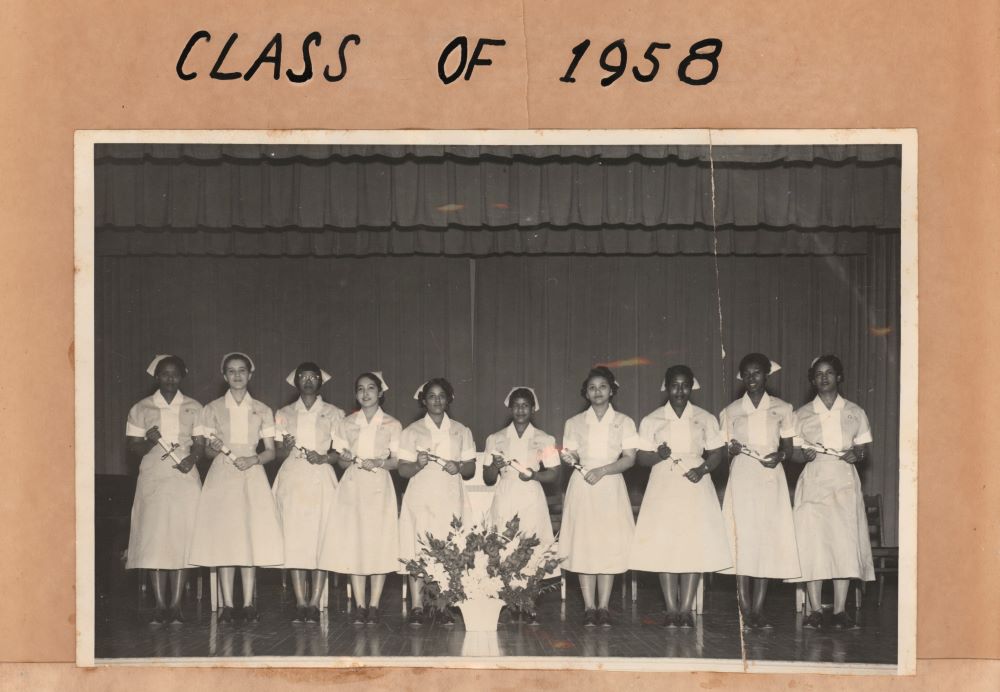
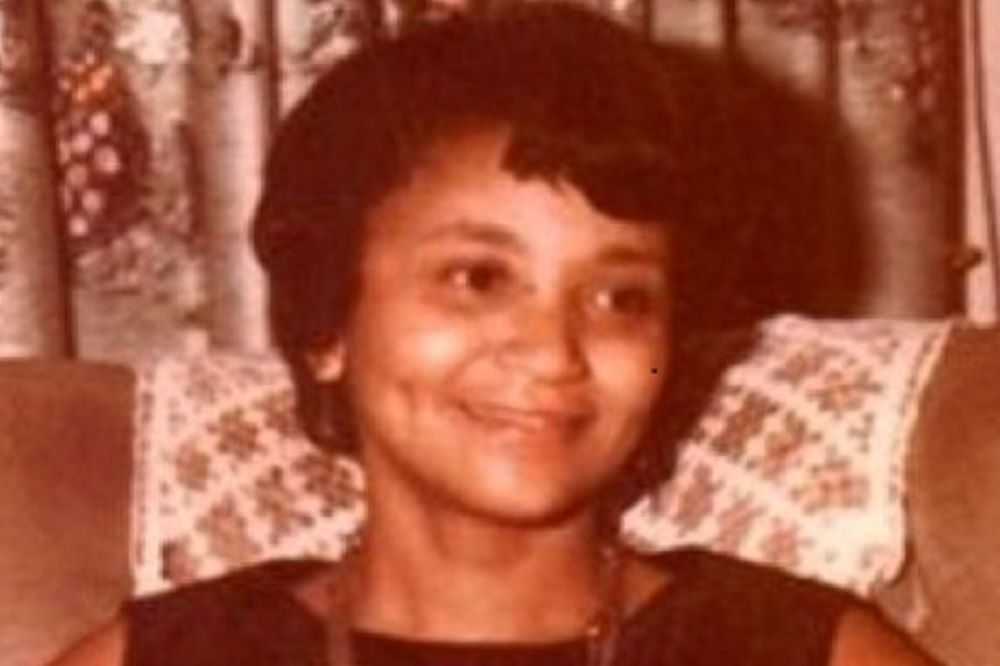
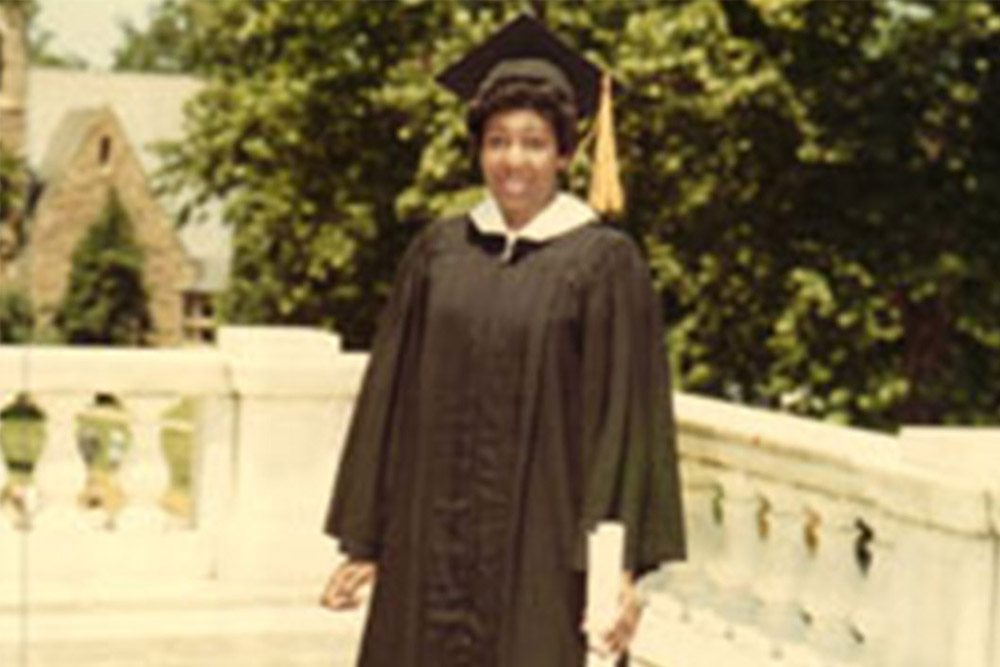
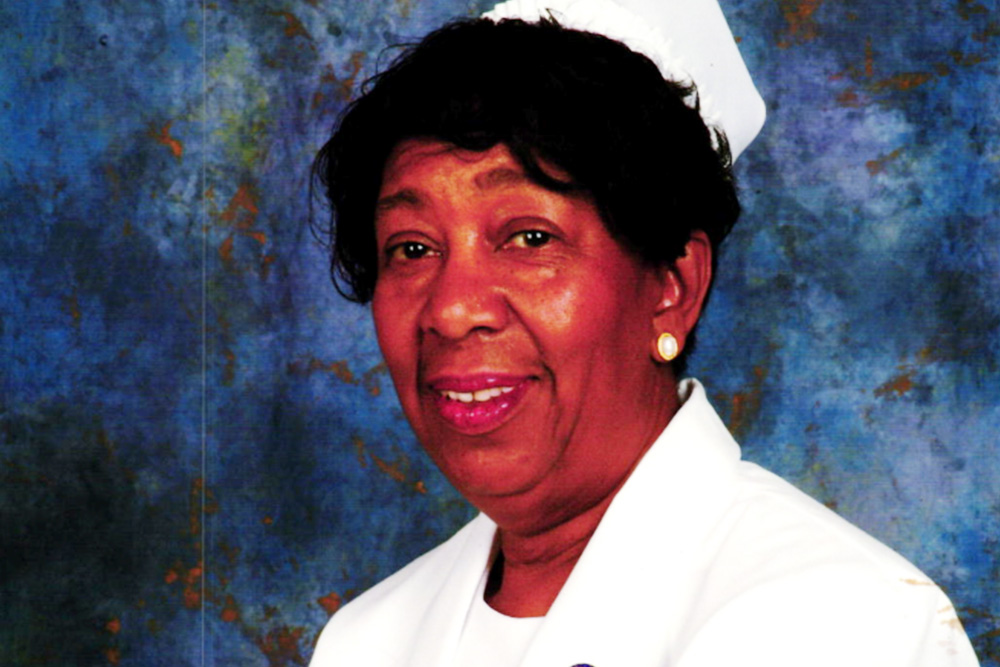
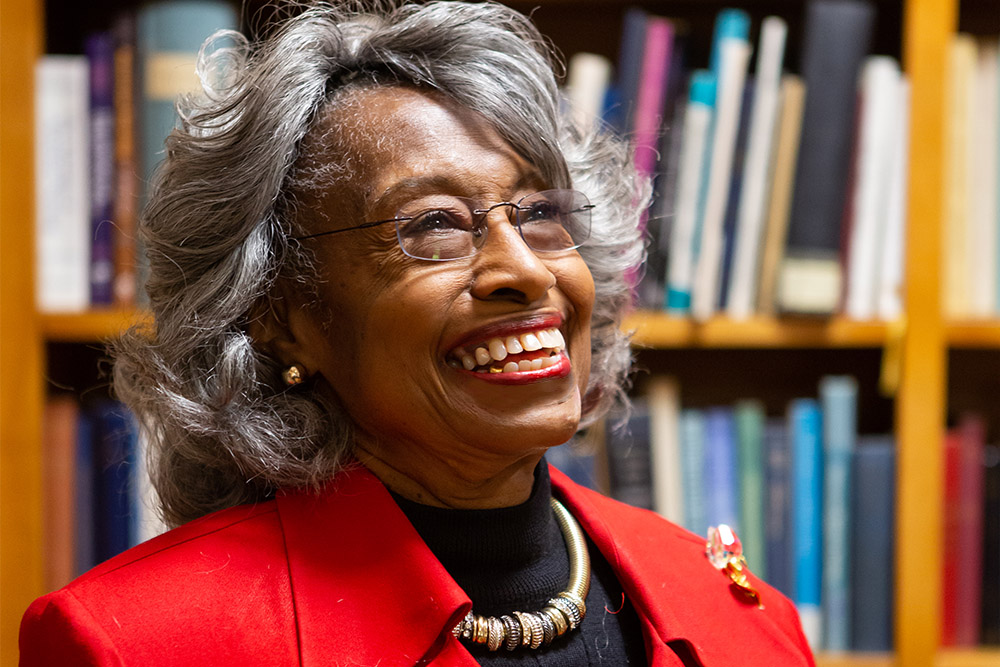
One such nurse, Grace Quarles Tinsley, a 1958 graduate of the Jackson P. Burley/UVA Hospital LPN Program, worked for 18 years as a labor and delivery nurse, pharmacology research technician, and supervisor of the Pulmonary Function Laboratory. Throughout her career, Tinsley was a civil rights activist and an advocate for public education. She served as supervisor of nurses with the Charlottesville School System and was the first African American woman appointed to the Charlottesville City School Board.
She also earned appointments on the boards of the Charlottesville Albemarle Technical Education Center and Piedmont Virginia Community College, while raising funds for the creation of a Public Defender’s Office in Charlottesville. Tinsley was recognized as a bridge builder for her efforts to cross racial, class, and economic barriers. Among her many accolades, in 2002 she received the Martin Luther King Jr. Award. After her death in 2006, the Charlottesville Democratic Party created a scholarship in her name for students at Charlottesville High School who demonstrate exceptional community leadership.
Another graduate, Evelyn Rodgers Gardner (LPN ’61), created UVA’s outpatient neurology clinic in 1967—essentially from scratch—and was its backbone during a 45-year career. In the 1970s, she lobbied for staff rewards and recognition and succeeded in a campaign to secure a wage increase for LPNs.
- Read more about Graduates of the LPN Program and Virginia Nursing Legacy's 2022 profile of Evelyn Gardner
UVA School of Nursing remained a segregated institution until 1968. That year, Mavis Claytor became the first Black woman admitted to the school. Claytor was born in Callaway, Va., in rural Franklin County. Her grandfather was a former enslaved laborer. Claytor’s nursing trajectory began at Burrell Memorial Hospital’s Lucy Addison High School of Practical Nursing Program, where she graduated in 1963. She attended Morgan State University, a historically Black college in Baltimore, and then earned a diploma in nursing from Provident Hospital’s Registered Nursing Program in Baltimore.
Because she desired a baccalaureate degree, she applied to the NLN-accredited University of Virginia School of Nursing. In 1970, despite obstacles resulting from entrenched segregation at UVA, she became the first Black woman to graduate from UVA's nursing school. She later earned a master’s degree in mental health nursing at UVA in 1985 and spent the rest of her career at the U.S. Department of Veterans Affairs Medical Center in Salem, Va. She retired as service line chief nurse for geriatrics and extended care, after 30 years of dedicated—and decorated—service.
- Read "ONE OF UVA'S 'HIDDEN FIGURES' HONORED FOR BREAKING COLOR BARRIER (UVA Today)
- Read RACE AND PLACE IN VIRGINIA (Nursing History Review article by PhD graduate Tori Tucker)
Black nurses have also been agents of change in the public health sphere. Since their introduction at the end of the 19th century, public health nurses have been integral to providing care within communities, particularly underserved and marginalized communities. They have provided bedside care of the sick, but also worked to identify and address the underlying social and economic causes of illness, and to advocate for reform in health, education, housing, employment, and recreation. As a career path, public health nursing required post-graduate training—a barrier that Black nurses encountered during the era of segregation. Nevertheless, a growing number of Black public health nurses entered practice in the 1930s. Typically, Black public health nurses were restricted to caring for Black individuals and families. In so doing, they provided vital care to Black communities. Indeed, through the 1960s, Black public health nurses were sometimes the only health providers available to Black rural southern and northern urban communities.
Imogene Bunn was a pioneering Black public health nurse and civil rights activist in the Charlottesville/Albemarle community. She came to Charlottesville in 1944 with a diploma from St. Philip Hospital School in Richmond and a certificate in public health nursing from the Medical College of Virginia. In Charlottesville, Bunn worked to break down racial barriers. In 1946, she became the first Black nurse in the area when she was hired by the Instructive Visiting Nurse Association (IVNA). In that capacity, she visited both Black and white patients in their homes.
Later, when the IVNA merged with the Charlottesville/Albemarle Health Department, Bunn became the agency’s nurse supervisor. She eventually earned a Bachelor of Science degree in public health nursing at the University of Michigan. In 1970, she was promoted to nursing director for what was then called the Thomas Jefferson Health District (today, it is the Blue Ridge Health District). A community leader and bridge builder, Bunn challenged segregation at UVA Hospital and elsewhere, and found ways for people to work together. She often worked quietly behind the scenes.
“When I look back,” she said, “I was very proud that I was involved in desegregating institutions like the University hospital, the Woodrow Wilson Rehabilitation Center, Blue Ridge Hospital, and places like that.”
These are just some of the many Black nurses in Charlottesville during the era of segregation who fought for civil rights and health justice for Black Virginians. This Black History Month, we honor their legacies and celebrate the Black nurses who continue to advocate for health justice for their patients and communities.

